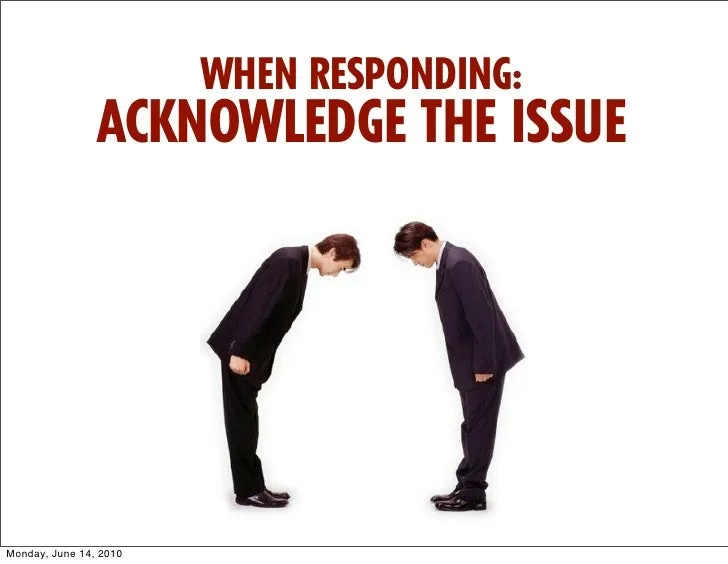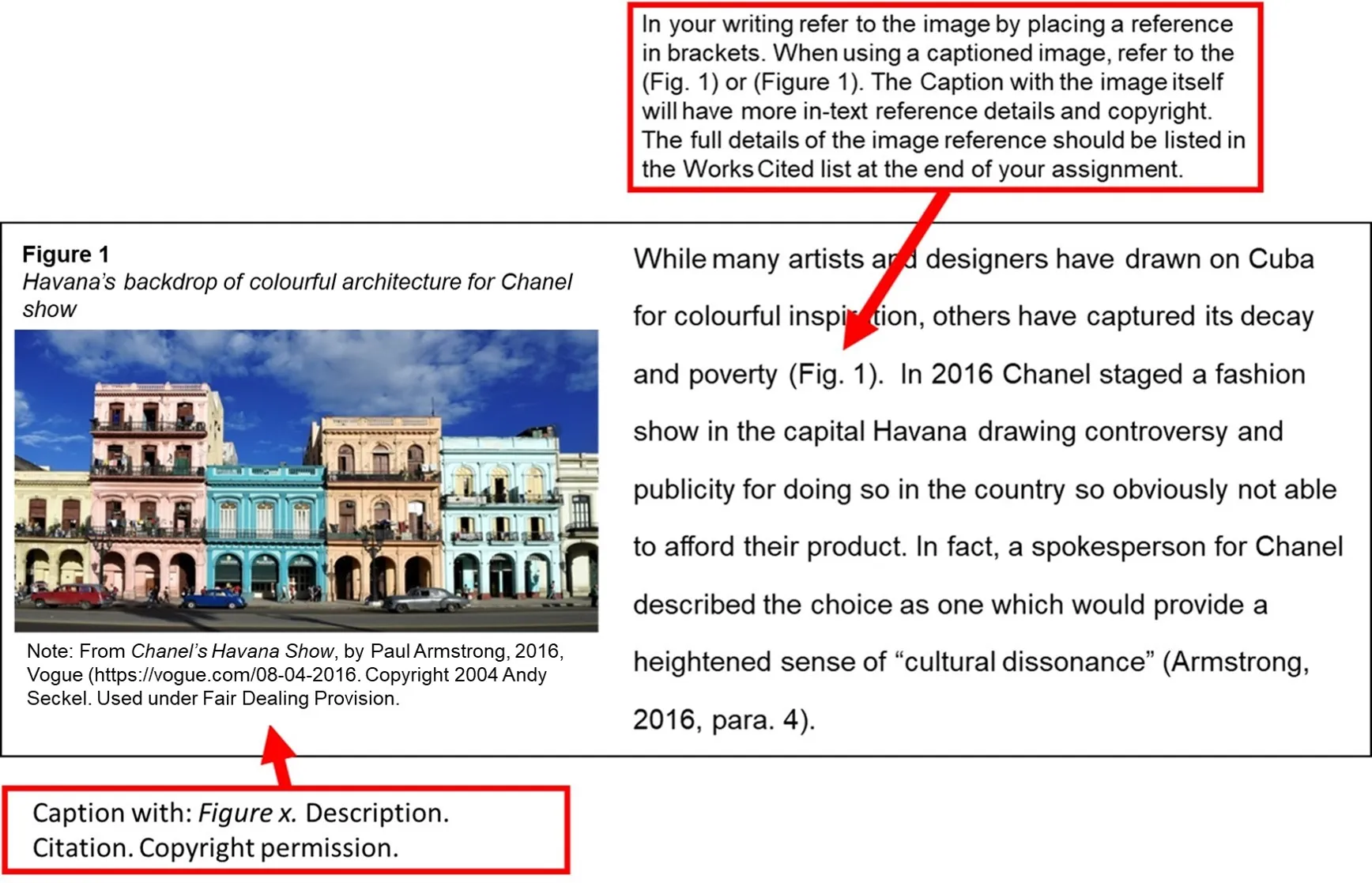When you use images in your work, it's crucial to understand the ins and outs of image licensing. Image licensing refers to the legal permissions required to use someone else's artwork, photographs, or graphics. This is especially true for stock image platforms like 123RF, where creators offer their visuals for public use. Knowing how to navigate these licenses not only helps you avoid legal troubles but also supports the artists who create the images you love.
At 123RF, images come with specific licensing agreements that dictate how you can use them. These licenses typically fall into categories like royalty-free, rights-managed, or editorial use. It’s important to read the terms carefully because each type of license comes with its own set of rules and restrictions. For instance, a royalty-free license allows you to use the image multiple times without paying each time, whereas a rights-managed license might require you to pay based on how you use the image.
Here’s a quick breakdown:
- Royalty-Free (RF): Purchase once, use it multiple times.
- Rights-Managed (RM): Pay based on usage, duration, and distribution.
- Editorial Use: Limited to non-commercial uses, often for news or commentary.
Understanding these licensing options is vital for anyone incorporating visuals into their projects, whether it’s for a blog, presentation, or social media campaign.
Importance of Proper Acknowledgment

Properly acknowledging images in your work is not just a courtesy; it’s a fundamental part of respecting copyright and supporting artists. When you use an image from 123RF, giving credit where it’s due serves several important purposes.
First and foremost, acknowledgment helps maintain transparency. It shows your audience that you value the work of the original creator. This builds credibility and trust, especially if you're promoting content that relies heavily on visual appeal.
Here are a few reasons why proper acknowledgment is crucial:
- Legal Protection: Failing to credit an image can lead to copyright infringement, which could result in legal action against you.
- Support for Creators: Acknowledging artists encourages them to keep creating. It’s a shout-out that boosts their visibility and reputation.
- Professionalism: Properly citing your sources reflects professionalism and attention to detail, enhancing the overall quality of your work.
In practice, acknowledgment can be as simple as adding a caption beneath the image or listing it in a credits section. While 123RF provides guidelines on how to give credit, a general format could look like this:
| Image Title | Photographer/Artist | Source |
|---|---|---|
| Beautiful Sunset | Jane Doe | 123RF |
By embracing proper acknowledgment, you not only protect yourself but also contribute positively to the creative community. It’s a win-win!
Also Read This: Easy Steps to Disable YouTube Shorts on Your TV
How to Find the Correct Attribution Information

Finding the right attribution information for the images you use from 123RF is crucial to ensure you're giving proper credit and abiding by copyright laws. Here are the steps you can follow:
- Log into Your 123RF Account: After purchasing or downloading an image, log into your account on 123RF. This is where you can access your downloads and licensing details.
- Go to Your Downloads Section: Navigate to the 'Downloads' section of your account. Here, you'll find a comprehensive list of all the images you've acquired.
- Locate the Image: Find the specific image you want to attribute. Each image will have an accompanying link or section dedicated to its attribution information.
- Read the License Agreement: Click on the image, and you’ll typically see its license details. This section will detail how you should attribute the image, including any specific wording required.
- Copy the Attribution Text: Most often, the site provides a ready-made attribution text. Simply copy this text to ensure accuracy.
By following these steps, you can make sure you have the proper attribution details for all your images, which not only keeps you compliant but also respects the work of the creators.
Also Read This: Mastering LinkedIn Connections for Professional Networking
Different Ways to Acknowledge 123RF Images
Acknowledging the use of 123RF images can take various forms, depending on where and how you use them. Here are some effective ways to do it:
- In Your Blog or Article: When using an image in a blog post, include a caption below the image. For instance: Image by [Photographer's Name] from 123RF.
- In Credit Sections: If your work has a dedicated credits or acknowledgments section, list all images used along with their attributions. For example:
Image Title Photographer Source Sunset Over Ocean John Doe 123RF - On Social Media: If sharing images on platforms like Instagram or Facebook, add a mention in the post description: Photo by @JohnDoe on 123RF.
- In Presentations: When using images in slides, include a small text box or footer with the attribution, ensuring it's visible but not distracting.
Remember, properly acknowledging images not only supports the creators but also enhances your credibility as a content creator!
Also Read This: Develop Annual Reports with Canva Annual Report Template
Common Mistakes to Avoid
Acknowledging images from 123RF or any stock photo site is crucial, but there are some common pitfalls that many people fall into. Let's explore these mistakes so you can steer clear of them!
- Forgetting to Credit: One of the biggest mistakes is not including any acknowledgment at all. Always remember, even if an image is licensed for commercial use, proper credit is still essential.
- Incorrect Attribution: Misnaming the creator or failing to provide accurate details can lead to confusion. Double-check the spelling of the artist's name and ensure you’re using the correct image title.
- Omitting License Information: Simply stating the creator's name is not enough. Include specifics about the license type (e.g., royalty-free) to clarify how the image can be used.
- Using Inconsistently Styled Credits: Consistency is key! Whether you bold the name or italicize it, keep the style uniform throughout your work to avoid a disorganized appearance.
- Placing Acknowledgment in the Wrong Location: Make sure your credit is easily visible. It should be close to the image itself, in a place where readers are likely to notice it.
Avoiding these common mistakes not only respects the creator's rights but also enhances your credibility as a content creator. Always double-check your attributions before publishing!
Also Read This: What Are the Best Free Tools for Downloading 9GAG Video Thumbnails Effortlessly?
Examples of Proper Acknowledgment
Let’s dig into some practical examples of how to properly acknowledge 123RF images in your work. These examples will guide you in crafting your own attributions effectively!
| Example | Details |
|---|---|
| Example 1: | Image by Artist Name from 123RF. Used under Royalty-Free License. |
| Example 2: | Photo credit: John Doe via 123RF. License: Royalty-Free. |
| Example 3: | Image sourced from 123RF by Artist Name. All rights reserved under Royalty-Free License. |
These examples illustrate the importance of clarity and accessibility in image acknowledgment. Remember to provide links to the artist’s profile when possible and ensure the license type is clearly stated. This not only fosters respect for creators but also enhances the transparency of your work!
How to Properly Acknowledge a 123RF Image in Your Work
Using stock images can enhance the visual appeal of your projects, but it is crucial to acknowledge the source appropriately. When using images from 123RF, following the correct attribution guidelines not only respects the rights of the creators but also enhances your credibility as a content creator. Here are some essential steps to ensure proper acknowledgment:
1. Understand Licensing Agreements
Before using any image, familiarize yourself with the licensing agreement. 123RF offers various licenses, and understanding them is fundamental to proper use. Always check:
- Whether the image requires attribution.
- The specific attribution format requested.
2. Include Clear Attribution
When you acknowledge an image, clarity is key. Your attribution should include:
- The name of the photographer or creator.
- The title of the image.
- A link to the source (if applicable).
For example, the attribution could look like this:
Photo by John Doe from 123RF
3. Use the Correct Format
Make sure to use the correct format for your attributions. Here’s a simple table for common formats:
| Format | Example |
|---|---|
| Website | Image Title by Photographer Name via 123RF |
| Social Media | Image by @PhotographerUsername on 123RF |
4. Respect Copyright and Usage Rights
Always remember that images are protected by copyright. Ensure you adhere to the usage rights as outlined in the licensing agreement to avoid legal issues.
Conclusion and Best Practices
In summary, properly acknowledging a 123RF image involves understanding licensing, providing clear and accurate attribution, and respecting copyright laws. By following these best practices, you can utilize high-quality images while giving due credit to their creators, ultimately enhancing your work's integrity and professionalism.